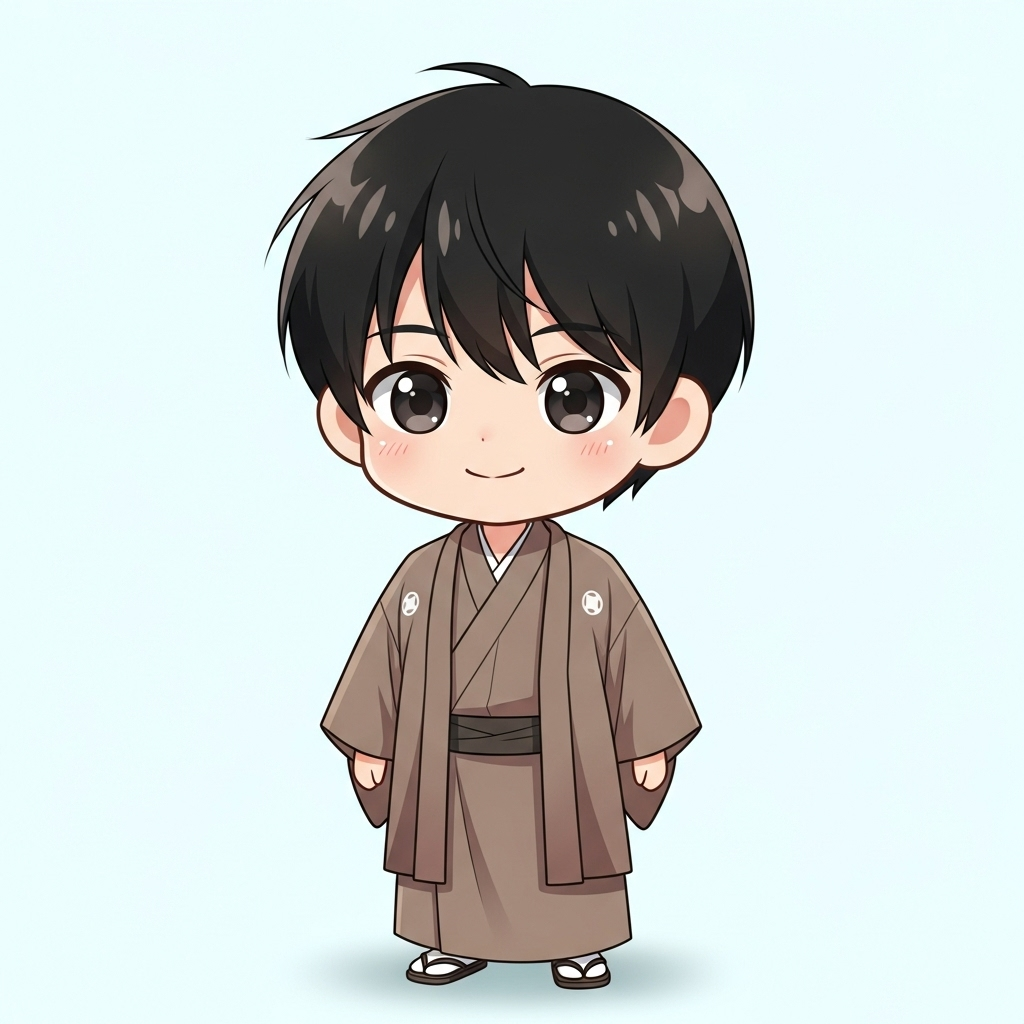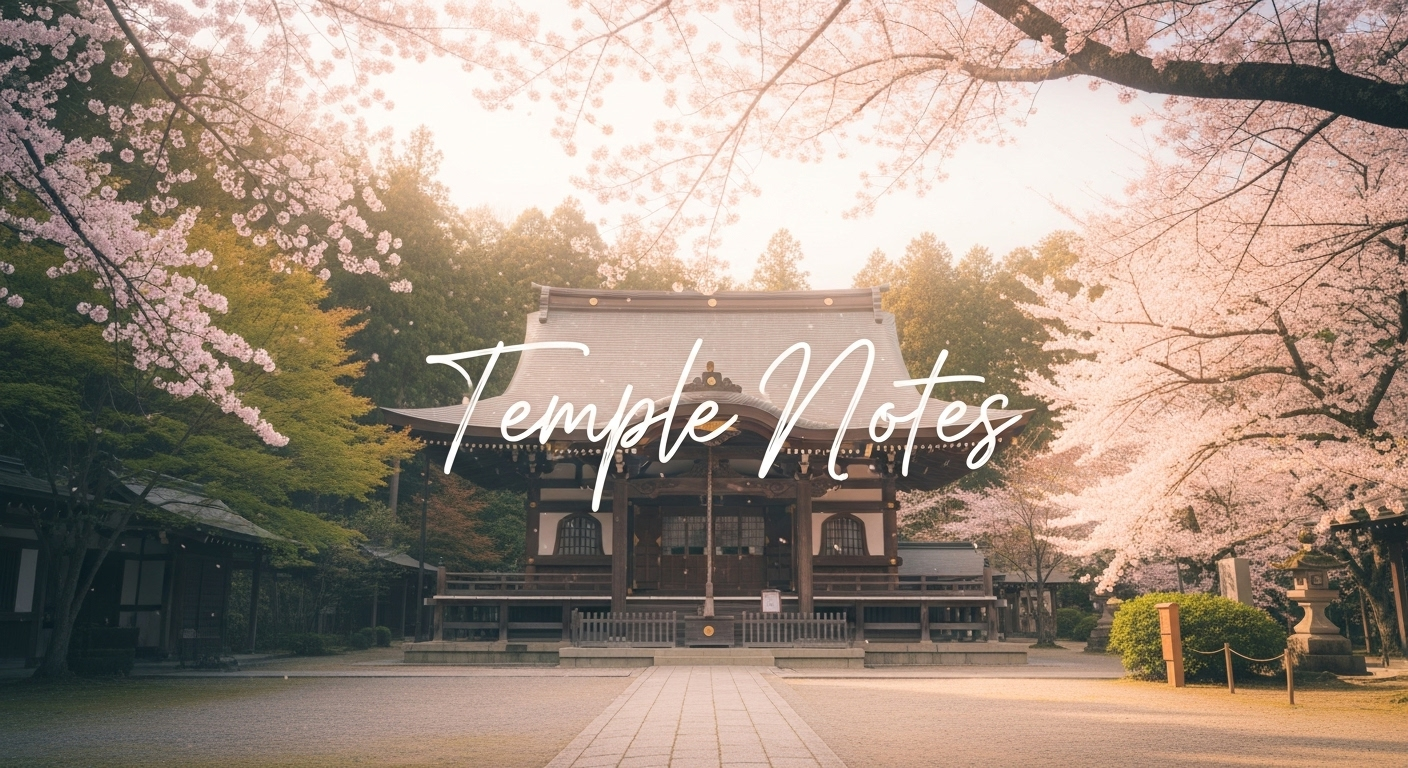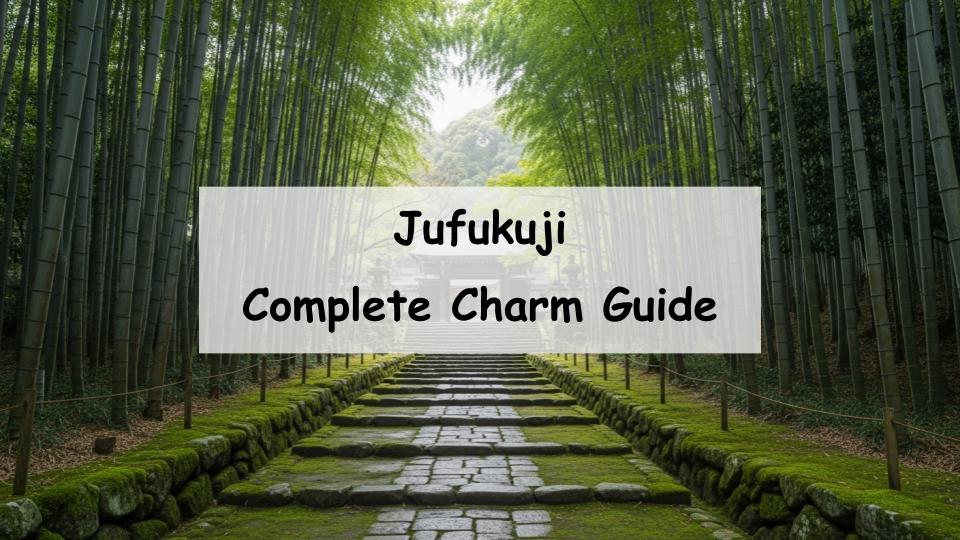Planning a trip to Kamakura and wondering, “What is Jufuku-ji Temple like? What are the highlights? How do I get there?”
If that sounds like you, this article is here to guide you. In short, Jufuku-ji is a tranquil, historically rich temple surrounded by natural beauty—a true hidden gem for those seeking peace and insight.
In this article, we’ll dive into everything you need to know about Jufuku-ji: its historical significance, architectural features, seasonal views, how to get there, and even nearby spots worth exploring. If you’re unsure whether to include it in your travel itinerary, you’ll likely be convinced by the end.
What is Jufuku-ji Temple? History and Overview
Overview and Sect Affiliation
Jufuku-ji (寿福寺) is a Rinzai Zen temple located in Kamakura, Kanagawa Prefecture. It holds the prestigious rank of third among the Five Great Zen Temples of Kamakura (Kamakura Gozan). The temple belongs to the Kenchō-ji branch of the Rinzai sect, and its formal mountain name is Kikokuzan (亀谷山). Jufuku-ji is notable for its peaceful atmosphere, away from the crowds of more famous tourist spots.
Historical Background
Founded in 1200 by Hōjō Masako, the widow of Minamoto no Yoritomo, the temple was established with Eisai, a prominent monk who introduced Zen Buddhism to Japan, as its founding abbot. Jufuku-ji once played a central role during the Kamakura shogunate and served as a spiritual retreat for samurai. Although it experienced periods of decline due to fires and wars, it has been preserved and rebuilt over the centuries.
Historical Figures Associated with Jufuku-ji
Jufuku-ji is closely linked to Minamoto no Yoritomo, Hōjō Masako, and Minamoto no Sanetomo, key figures in the founding of the Kamakura shogunate. Their connections make the temple not only a religious site but also a place to experience the living history of Japan’s medieval past.
The Unique Charm of Jufuku-ji
Tranquil Atmosphere Surrounded by Nature
Jufuku-ji offers a serene setting, surrounded by tall trees and bamboo groves. The quietness of the temple grounds is striking, providing visitors with a calming space far removed from the hustle of urban life. The soft sounds of wind and birds enhance the meditative experience.
Zen Architecture and Garden Aesthetics
The temple exemplifies classic Zen architectural design—simple, harmonious, and deeply connected to its natural surroundings. The straight stone path from the main gate, flanked by nature, creates a breathtaking visual leading into the heart of the temple. Its minimalist design invites mindfulness and stillness.
Seasonal Beauty and Highlights
Spring: Cherry Blossoms and Lush Greenery
In spring, Jufuku-ji’s pathways are lined with cherry blossoms. The contrast of blooming flowers with the emerging green leaves makes for a soothing and photogenic visit. As it’s relatively undiscovered by tourists, visitors can enjoy the blossoms in peace.
Autumn: Vivid Leaves and Moss-Covered Stones
In autumn, the temple is awash with warm red and gold leaves. Combined with the moss-covered stone paths, the seasonal color palette creates a visually captivating and deeply atmospheric setting, especially at dawn or dusk.
Must-See Highlights of Jufuku-ji
The Main Gate and Stone Path
The entrance gate (Sōmon) leads to a long, straight stone path bordered by lush greenery. This approach is one of the most iconic views in Kamakura, giving visitors an immediate sense of peace and reverence.
Main Hall and Temple Structures
The Main Hall (Butsuden), though not always open to the public, reflects traditional Zen design—humble yet powerful. It sits quietly among the trees, demonstrating how Zen temples emphasize simplicity over grandeur.
Historical Gravesites
Graves of Hōjō Masako and Minamoto no Sanetomo
Further into the temple grounds lie the graves of Hōjō Masako and her son Sanetomo. Covered in moss and surrounded by silence, these tombs offer a quiet moment of reflection on the legacies of Kamakura’s founders.
Other Samurai-Era Monuments
In addition to these graves, there are several stone monuments and memorials linked to notable samurai figures, providing a tangible connection to Japan’s warrior past.
How to Access Jufuku-ji and Nearby Spots
Closest Station and Transit Information
Jufuku-ji is a 10-minute walk from Kamakura Station (JR Yokosuka Line). From the west exit, head north through a peaceful residential area until you reach the temple gate. Public buses are available, but walking is highly recommended to enjoy the serene approach.
Travel Time and Best Route
Walking from the station is quick and relaxing. Many visitors include Jufuku-ji in a walking route that also features Kenchō-ji or Engaku-ji, making it an ideal part of a full-day Kamakura itinerary.
Nearby Attractions
The temple is near several other hidden gems, such as Egara Tenjin Shrine and Ōgigayatsu, a historic area rich in samurai history. Local cafés and traditional sweet shops make excellent resting points during your stroll.
Tips and Visitor Info
Hours and Admission
Jufuku-ji’s main grounds are not regularly open to the public, but the approach and graveyard area are accessible year-round. During special openings, the Butsuden may be viewed for a fee. Check local schedules or tourism sites for updates before your visit.
Best Time to Visit
While the temple is rarely crowded, visiting on weekdays or early in the morning ensures maximum peace and quiet. The soft morning light enhances the beauty of the stone path and surrounding forest.
Photography and Etiquette
Photography is allowed in the accessible areas, but silence and respect for the sacred space are essential. Please refrain from taking photos in the cemetery and always be mindful of other visitors.
Who Should Visit Jufuku-ji?
For Those Seeking Peace and Quiet
If you’re looking for a quiet, spiritually refreshing place, Jufuku-ji is ideal. Its tranquil setting allows for quiet contemplation and a break from daily stress.
For History Buffs and Kamakura Enthusiasts
Those interested in Japan’s medieval history, especially the Kamakura shogunate, will find Jufuku-ji especially meaningful. It brings textbook names and stories to life.
For Hidden Gem Seekers
Jufuku-ji is an underrated spot, making it perfect for travelers who want to go off the beaten path and avoid large tourist crowds.
Conclusion: Experience the Essence of Jufuku-ji
Recap of Jufuku-ji’s Appeal
Jufuku-ji is a peaceful Zen temple rich in history and natural beauty. From its quiet stone path to the historical graves, it offers a unique experience not found in more commercialized temples. Whether you’re a history lover, a spiritual seeker, or just in need of a quiet retreat, this temple offers something truly special.
What to Do Next
Now that you know the depth of Jufuku-ji’s charm, why not add it to your Kamakura itinerary? Walk its peaceful grounds, feel the presence of Japan’s past, and enjoy a moment of calm in your journey.
A Message from the Guide

You can only go as far as the middle gate, but the approach path leading up to it is beautiful.









Comment